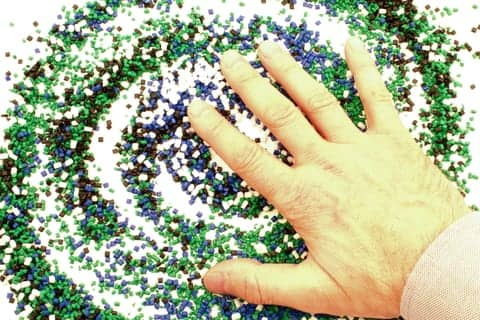The fine dexterity engineered into robotic hands is reaching levels that rival the real thing, yet sensory feedback lags so far behind that visual monitoring is still required for optimum use. Three up-and-coming interfaces are aiming to bring the sense of touch and feeling much closer to reality.
The interfaces are front-and-center in a new article titled “Providing a Sense of Touch to Prosthetic Hands,” which points out that nearly 20% of amputees abandon their prosthetic devices because they lack comfort, have poor aesthetics, and have limited functionality.
Two critical elements were most often cited by amputees who responded to a recent survey as those needed to optimize functional recovery. The first was enhanced intuitive motor control, and the second was the ability to feel with their prostheses, according to the study.
The article reviews recent breakthroughs in sensory feedback, focusing particularly on the peripheral nerve. Among them are the following:
Sensory Substitution — described by the authors as a technology where “one sensory modality acts as a substitute for another.” For example, vibration sense is conveyed as pressure sense. Using this method, the authors note, vibrotactile or electrotactile stimulation of skin on the residual limb or elsewhere on the body is used to convey touch from a mechatronic sensor on a prosthesis.
Modality-Matched Feedback — is a term that denotes sensory input stimulus is the same modality as sensory output. For example, the authors write, “touching the prosthesis is perceived as touch.” Devices associated with this method are said to elicit the most natural percepts by a referral in position from a distal mechatronic sensor to a site of stimulation on the skin of the residual limb, without the need for sensory substitution. Attribution of the perceived sensation to a site on the prosthesis usually develops easily with use.
Targeted Muscle Reinnervation — is driven by the principle that the transfer of transected peripheral nerves to reinnervate intact muscles and the overlying skin. It is said by the authors to be among the most promising approaches to bidirectional prosthetic control. Using this approach, residual brachial plexus nerves from the amputated arm are transferred to more proximal sites—the chest or upper arm—for sensory reinnervation.
Among the encouraging benefits of targeted muscle reinnervation, according to the article, is that patients were able to detect temperature, pain, and limited proprioception in areas referred to the missing hand.
The complete article is available online for review.
[Source: Plastic and Reconstructive Surgery]




